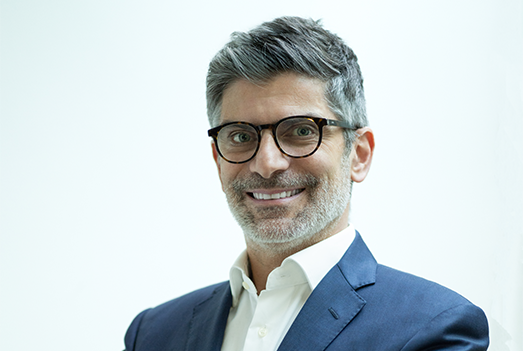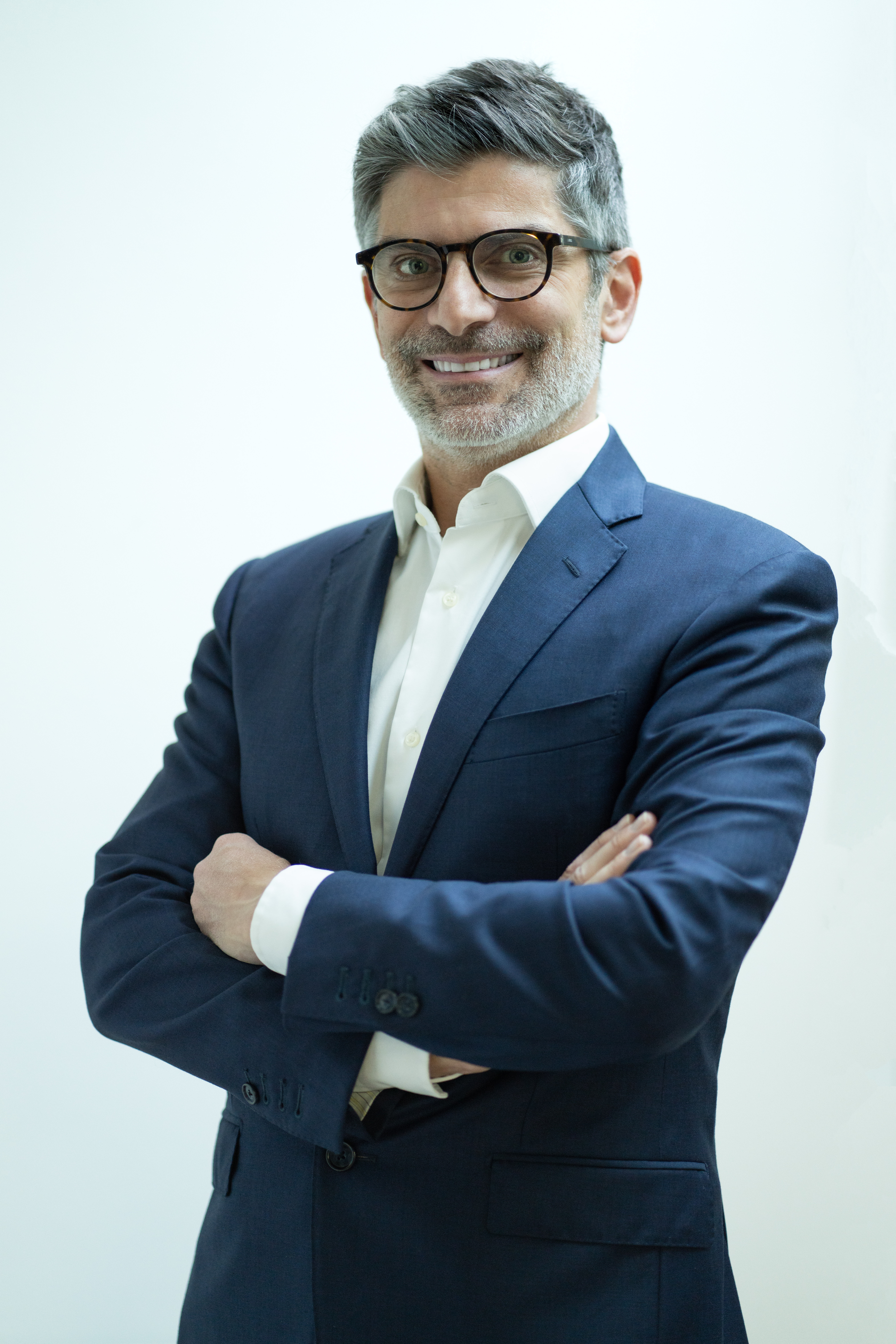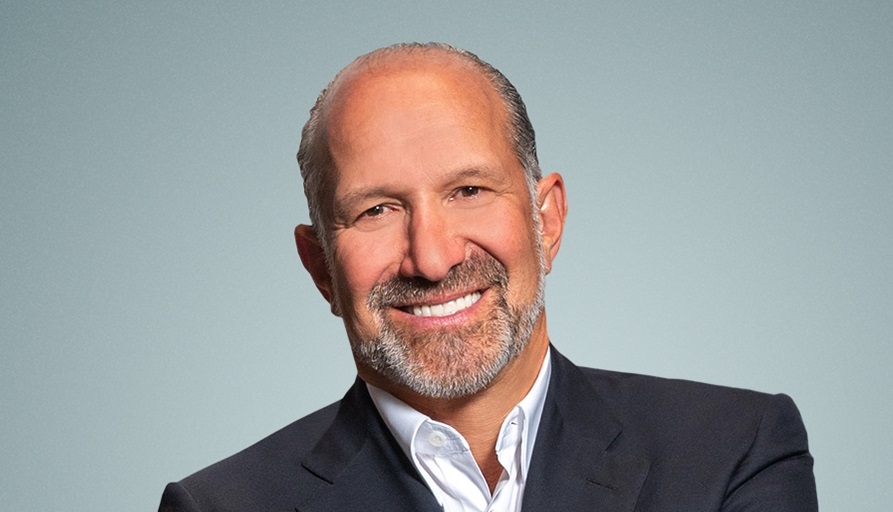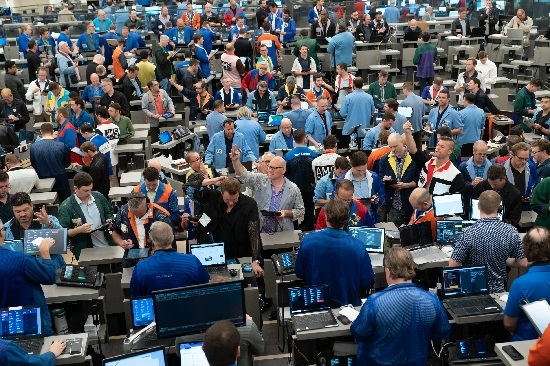ISF Q&A: Clearstream's Alexandre Roques

Can you share with our readers some of your career highlights so far?
I’ve witnessed significant phases of the financial industry, notably the run-up of the Global Financial Crisis of 2008, which saw the increasing prevalence of the securities lending. Then, following the wobble in European sovereign debt 2011, the advent of dovish monetary policy led to central banks becoming much more involved in capital market activities. This created a need to re-inject liquidity the central banks had purchased back into the market. I’m immensely proud to have been involved in the design of such mechanisms, which has been an enriching professional experience.
The highlight I want to share with you is a bit more personal. I remember vividly the first day I arrived in London in 2005, starting off on my career as a securities lending trader at BNP Paribas. I remember having this feeling that I was in the right place at the right time. I was only supposed to stay in London for six months, yet here I am 17 years later.
What are you the proudest of since the start of your career?
I would say my biggest achievement has been to put Clearstream Securities Lending on the industry map. When I joined Clearstream in 2009, I remember we were facing just a few lenders and borrowers, and I was the only trader there. But we had big ambitions: 14 years later, we are one of the biggest and best-rated securities lending desks globally.
We have created a unique access to a liquidity pool composed of traditional lender-owned assets as well as Eurosystem central bank monetary policy portfolios. I am very proud that Clearstream Banking is now the first stop when it comes to HQLA (high quality liquid assets) for borrowers.
I am equally proud of the positive feedback we have from our counterparties, particularly the efficiency and ease with which it is to trade with us. Not only do we have access to a unique pool of liquidity, but on the distribution side we are very active and strive to bring liquidity to the market.
What are some of the lessons you have learned in the past few years?
First of all, I have learned that low interest rates don’t last forever. I say this in a tongue-in-cheek way, but it is true. The watershed moment came in November 2011, after the eurozone debt crisis, when
Then suddenly, there was a shift in dynamics in Q4 of 2021. I would not say it took participants by surprise, but we saw a very stable market, at least for HQLA, in terms of fees and flow, starting to become active again. So, I am interested to see what will happen next, especially once central banks will start to pivot on interest rates.
The second lesson is that getting out of QE (quantitative easing) is not easy. A lot of market participants got used to having the support of outright buyers – the central banks. In the absence of a buyer of last resort, it has created significant amounts of volatility and has put pressure on liquidity, particularly as it shifts the burden of market making back to commercial banks.
A situation can change dramatically, and we must be prepared for that. Our industry has been extremely resilient in the past few of years. There was no disruption in terms of distribution, borrowing or flows. It has been incredible to see because it means we can weather strong disruptive situations such as lockdowns. It is testament to the professionalism of the industry and the trust between participants, which I am proud to be part of.
How has the securities lending market changed since you started your career?
Because of lockdowns, I think that the way we communicate as an industry has evolved. When I started, we were talking to each other on the phone, verbally. The way that people communicate now is more message-based. In addition, the fact that people were not seeing each other because there were no conferences has been disruptive to our industry. I am very happy to see conferences and events coming back. We can socialise again. This has also made me realise how important in-person interactions are, and that our industry is driven by strong personal connections, trust, and communication between participants.
Another point is that the securities lending market is getting more geared towards automation. When I started trading at the beginning of the 2000s, everything was voice-based, and we were booking trades manually. There was only one platform, which had just started operating at the time. There is clearly a push towards automation now as well as rationalisation. When I say ‘rationalisation,' I mean that I am seeing more departments merging: equities, fixed income or collateral optimisation coming together under the same umbrella. I am also seeing more flows going through platforms. This is a positive development, but you also need to take a step back and have a view of what is happening in the market. I think it's about trying to find a good balance when it comes to automation as there are bespoke segments of our industry that will always require a manual human touch.
Finally, I am seeing lenders becoming more involved in managing their securities lending programmes. They historically have been more passive because securities lending was seen as more of an add-on to mitigate their custody costs. But over the years, lenders have become active on that end. It has been very positive for the industry because we have seen much more inflow in terms of liquidity and higher competition. In the past, lenders could be tied up with their custodian but nowadays they are much more aware of the type of profitability they can get through their programmes.
Where is this market heading in the next 12 to 18 months?
I think technological advancement will play a major role because our industry is clearly a bit behind. All in all, we are still trading like we did 15 years ago. One of the reasons for this is post-financial crisis, there was an immense amount of resource allocated towards regulatory projects such as SFTR, CSDR or Basel IV.
Now that these are mostly behind us, I expect many resources will be reallocated to the business, one focus of work being technological advancement. I have seen a lot of new platforms coming to the market that are very smart, well-designed and offer solutions to the issue I outlined previously of staying in touch with the market.
On a wider note, it is clear market dynamics are changing. Central bank monetary policies are implemented through two main tools: quantitative tightening and rate increases. These are not going to stop until there is a clear effect on inflation. It feels that this will be the case for the next 12 to 18 months.
Central banks’ balance sheets are still inflated from all these years of buying government and corporate bonds.
Central banks have ceased increasing their bond holdings and started an ongoing cycle of rate increases that have led to a widespread rise in yields. This creates more demand from the buy-side for opportunistic trading and comes on top of already high demand from banks for liquidity, balance sheet management and financing.
Volatility due to this lack of liquidity will continue until there is a normalisation in the market dynamics, which I do not expect to see until more collateral is released from the central banks back into the private sector and inflation anchors at an acceptable level.
What projects is Clearstream working on that you would like to outline?
In keeping with the times, the main areas we are working in at the moment are digitisation and automation.
One particular example is our automated collateral management application called OSCAR, which enables participants to easily define collateral baskets and integrate them in their own IT systems. We are also involved as a trusted third party for the HQLAx platform.
Within our securities lending services, we have focused on expanding the breath of asset classes and markets we are active in, in particular equities and ETFs. Furthermore, we have concentrated efforts over the past year and beyond to automate significant parts of the operational lifecycle of securities lending, with success so far.
In short, in the coming year, we will be focused on the rationalisation of our collateral platform with a view to increase customer efficiency and collateral mobility.
About Alexandre Roques
Alexandre Roques heads Clearstream’s securities lending desk, which is responsible for the distribution of securities on behalf of clients and sits within CBL’s Banking, Funding & Financing (BFF) division.
He joined Clearstream in 2009, first in Luxembourg and relocated to the UK in 2010.
Prior to this, Alexandre held roles at BP2S in Paris and London working in the Markets and Financing Services Division as collateral manager and Agency Lending Sales.
Alexandre holds a Masters in Finance from the ESLSCA Business School in Paris.
Found this useful?
Take a complimentary trial of the FOW Marketing Intelligence Platform – the comprehensive source of news and analysis across the buy- and sell- side.
Gain access to:
- A single source of in-depth news, insight and analysis across Asset Management, Securities Finance, Custody, Fund Services and Derivatives
- Our interactive database, optimized to enable you to summarise data and build graphs outlining market activity
- Exclusive whitepapers, supplements and industry analysis curated and published by Futures & Options World
- Breaking news, daily and weekly alerts on the markets most relevant to you




